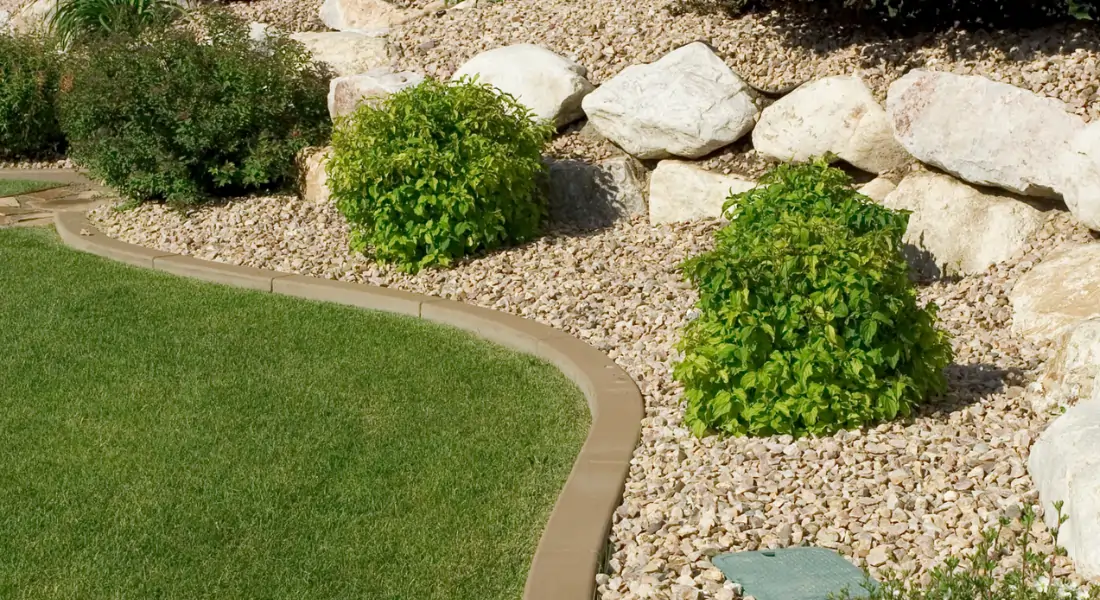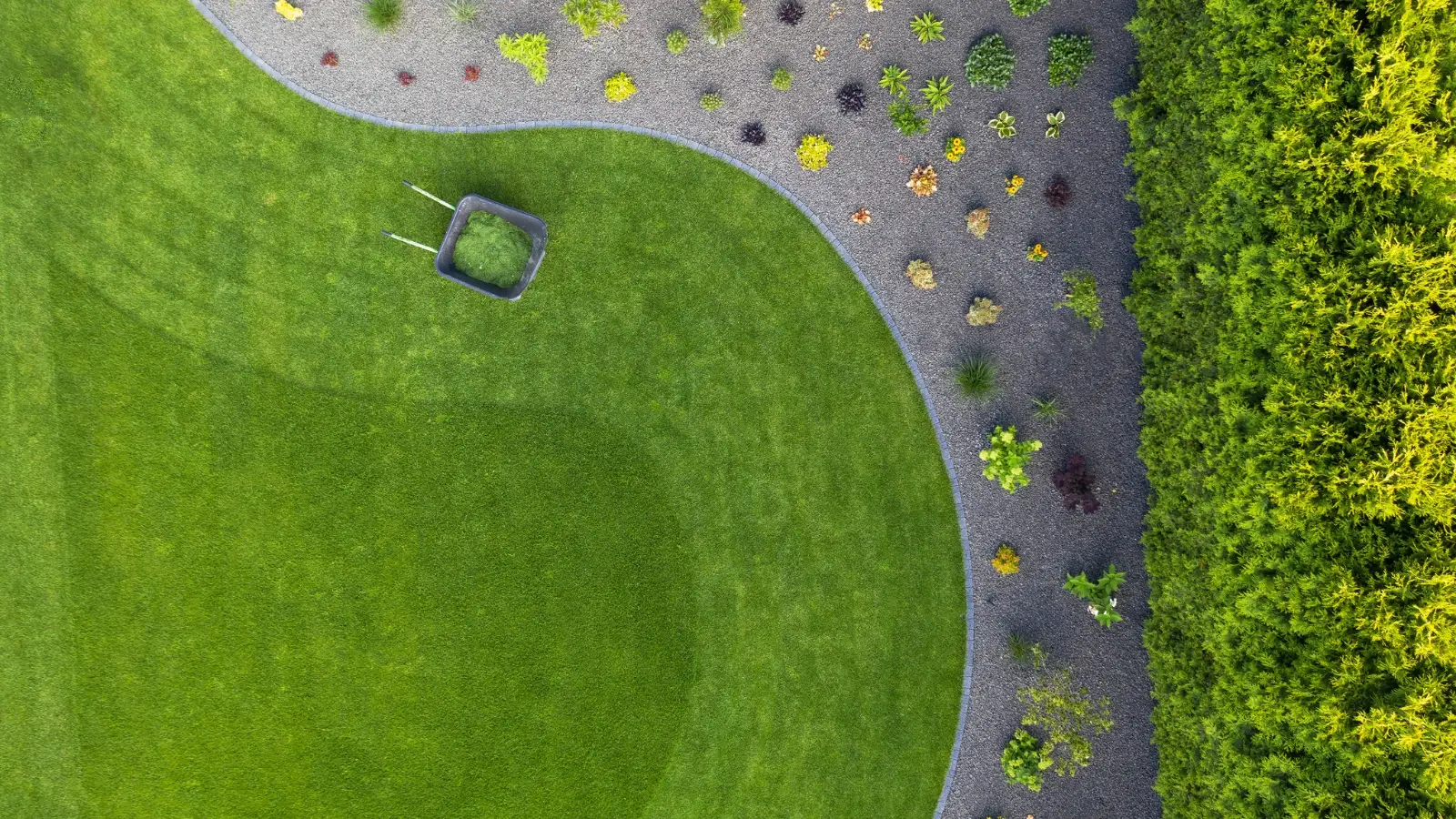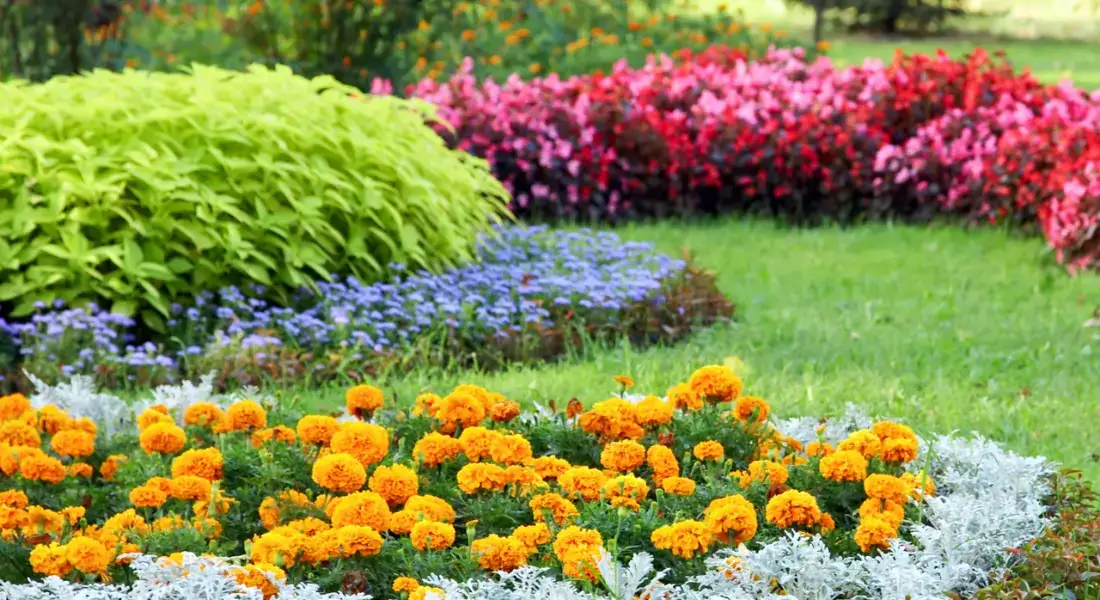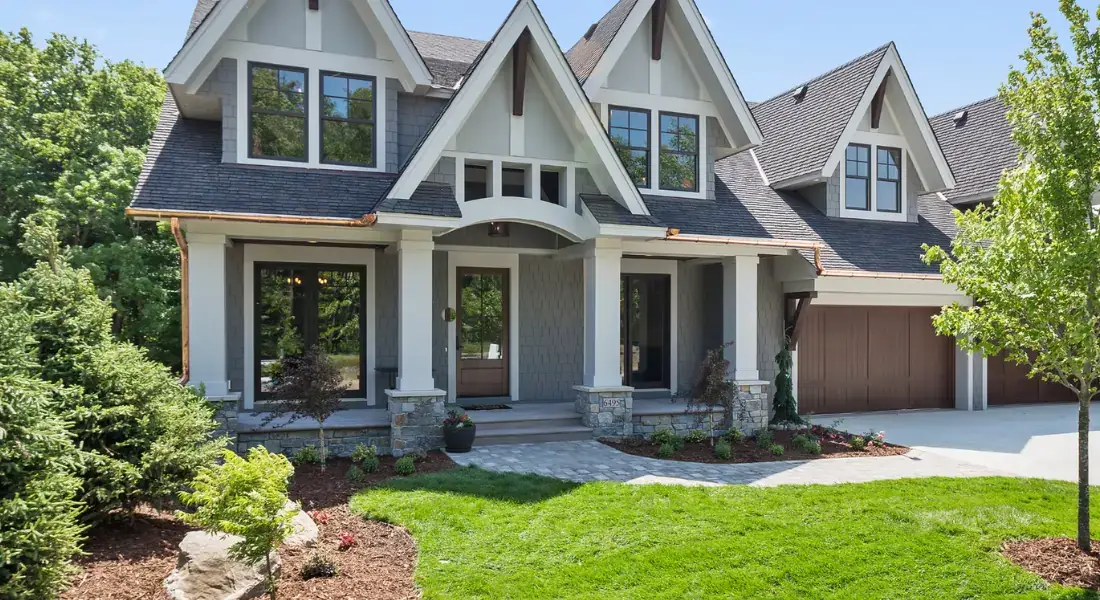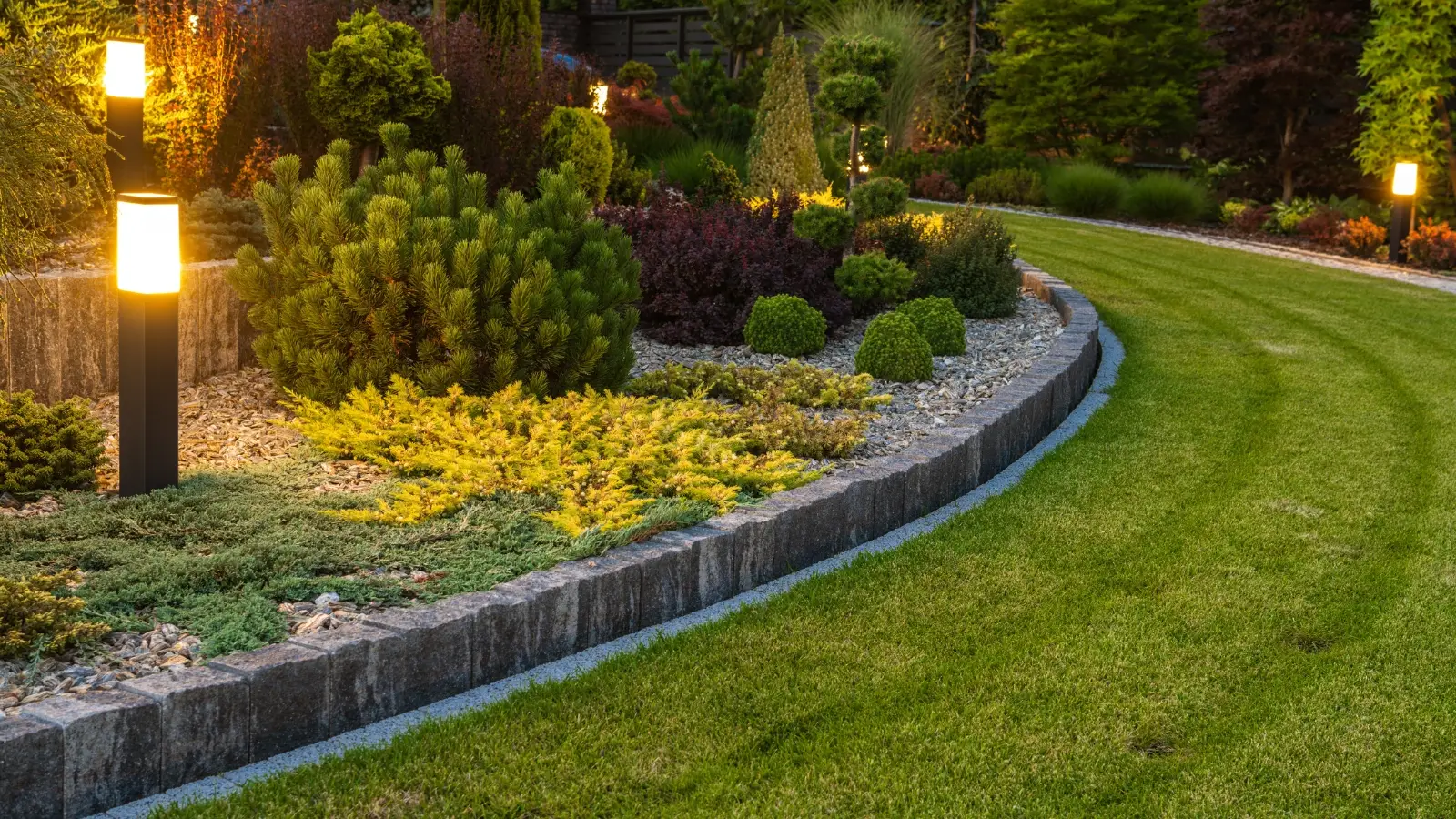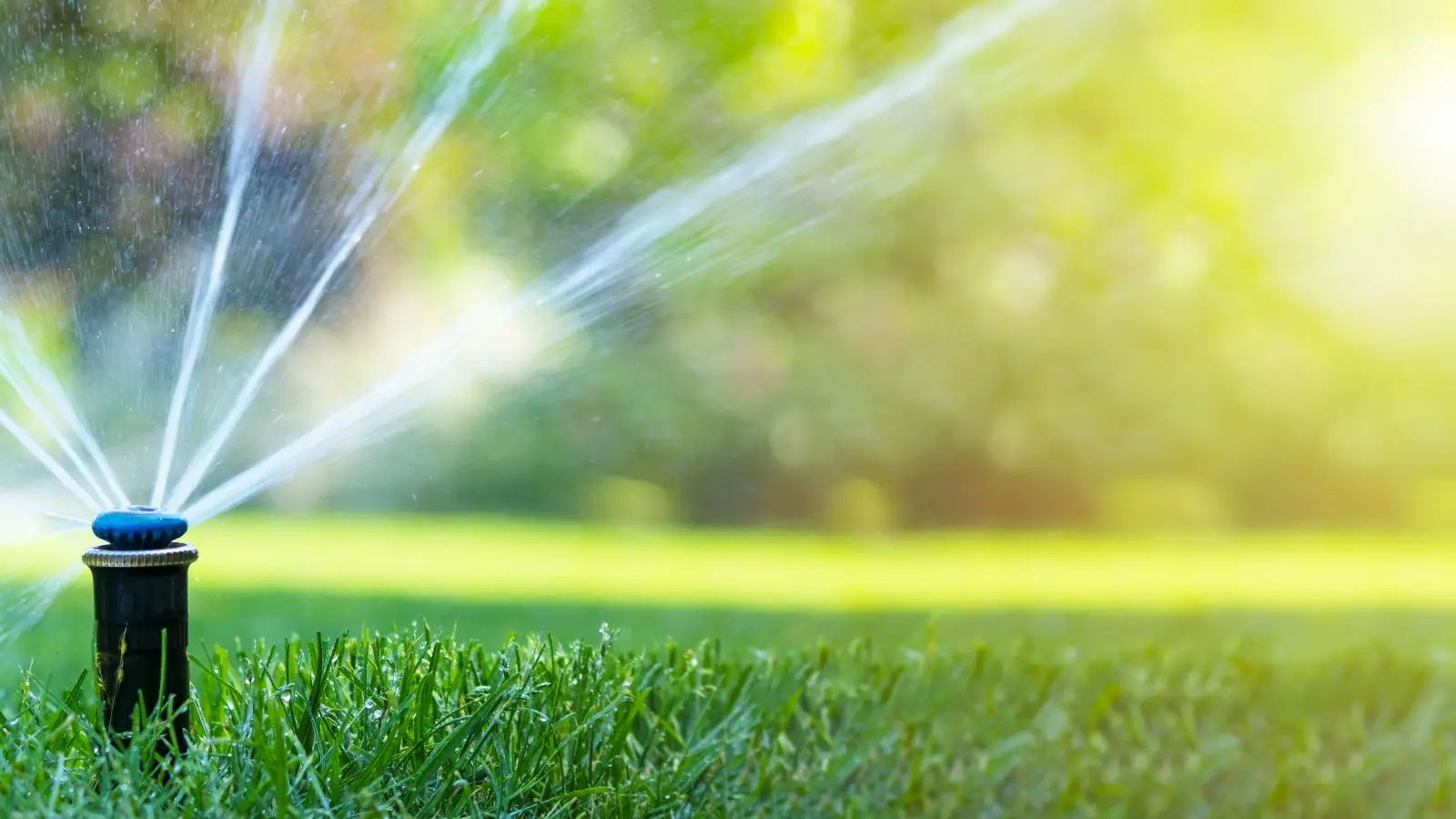A beautiful garden doesn’t have to come at the expense of the environment. In fact, the most stunning landscapes often work with nature not against it. Whether you’re a homeowner or a landscaping professional, adopting sustainable practices can help you conserve water, reduce waste, support biodiversity, and lower your long-term maintenance costs.
In this article, we’ll explore what sustainable landscaping really means and how to design an eco-friendly garden that’s good for the planet and great for your outdoor living.
What Is Sustainable Landscaping?
Sustainable landscaping is an approach to garden design and maintenance that prioritizes environmental health. The goal is to create a thriving, functional, and aesthetically pleasing outdoor space that uses natural resources responsibly and supports the local ecosystem.
It’s not just about planting trees it’s about:
- Choosing the right plants for your climate
- Using water wisely
- Improving soil health
- Reducing pollution
- Encouraging native wildlife
1. Choose Native and Drought Tolerant Plants
Native plants are the backbone of any sustainable garden. They’ve evolved to thrive in your local environment, meaning they require less water, fewer pesticides, and little to no fertilizer. Plus, they support local pollinators like bees, butterflies, and birds.
Benefits of Native Plants:
- Naturally adapted to local soil and climate
- Require less maintenance once established
- Resist pests and diseases better
- Promote biodiversity
Drought-tolerant plants like lavender, yarrow, sedum, and ornamental grasses are also excellent options, especially in areas prone to water restrictions or dry spells.
2. Conserve Water with Smart Irrigation
Water is a precious resource, and your irrigation choices can make a big impact.
Eco-Friendly Watering Tips:
- Install drip irrigation or soaker hoses to deliver water directly to plant roots with minimal waste
- Use a smart controller that adjusts watering based on weather and soil moisture
- Water early in the morning or late evening to reduce evaporation
- Group plants with similar water needs together (called hydrozoning)
- Harvest rainwater using barrels or cisterns for use during dry periods
Even a simple rain gauge can help you avoid overwatering, which wastes water and encourages disease.
3. Improve Soil Health Organically
Healthy soil is the foundation of a healthy landscape. Instead of relying on synthetic fertilizers, focus on natural soil-building techniques.
Practices to Try:
- Add compost to enrich soil and feed beneficial microbes
- Use mulch to retain moisture, reduce weeds, and regulate soil temperature
- Avoid compacting soil especially when wet
- Plant cover crops in vegetable gardens to replenish nutrients
Healthy soil holds more water, supports stronger plants, and reduces the need for chemical inputs.
4. Reduce Lawn Size (or Go Lawn-Free)
Traditional turfgrass lawns are one of the most water- and chemical-intensive features in most landscapes. Reducing the size of your lawn or eliminating it altogether can dramatically cut your environmental impact.
Alternatives to Traditional Lawns:
- Native groundcovers (like clover or creeping thyme)
- Wildflower meadows
- Gravel or mulch pathways
- Hardscape features (like patios or decks)
- Edible gardens
If you keep a lawn, opt for low mow or drought resistant varieties and let your grass grow a little longer to retain moisture naturally.
5. Use Organic and Natural Fertilizers
Chemical fertilizers may provide a quick fix, but they often leach into waterways and harm beneficial organisms in your soil.
Instead, use:
- Compost
- Aged manure
- Organic soil amendments
- Seaweed or fish-based fertilizers
These nourish the soil over time without contributing to runoff or pollution.
6. Encourage Pollinators and Beneficial Insects
Pollinators are essential for the health of your garden and the planet. A sustainable landscape welcomes bees, butterflies, hummingbirds, and helpful insects like ladybugs.
Tips to Attract Pollinators:
- Plant a variety of nectar- and pollen-rich plants
- Choose different colors and bloom times to provide food year-round
- Avoid using pesticides and herbicides
- Add a water source, like a shallow dish with pebbles
Even a small wildflower patch can support dozens of species.
7. Compost Garden Waste
Instead of tossing garden clippings and food scraps into the trash, compost them to create your own nutrient-rich soil amendment.
Compostable Materials:
- Leaves, grass clippings, and plant trimmings
- Fruit and vegetable scraps
- Coffee grounds and eggshells
- Paper towels and napkins (unbleached)
Composting reduces landfill waste and gives your garden a free, sustainable fertilizer.
8. Choose Eco-Friendly Materials
The materials you use for hardscaping and garden décor matter too. Avoid plastic and chemically treated wood whenever possible.
Greener Material Choices:
- Permeable pavers that let water drain into the soil
- Recycled or reclaimed wood for raised beds and fences
- Local stone or gravel to reduce transport emissions
- Solar lighting instead of wired electrical
Eco-conscious choices often last longer and require less maintenance over time.
9. Minimize Chemical Use
Weed killers, synthetic fertilizers, and pest control products can damage your soil, harm wildlife, and contaminate water. A sustainable garden minimizes these substances.
Tips to Reduce Chemicals:
- Hand-pull weeds or use mulch to suppress them
- Introduce natural predators like ladybugs or nematodes
- Spot-treat issues with organic products like neem oil or insecticidal soap
When in doubt, go for the least-toxic solution and use it sparingly.
10. Plan for Wildlife and Biodiversity
Your garden is part of a larger ecosystem. Thoughtful landscaping can provide habitat for birds, insects, and small mammals.
Ideas:
- Install birdhouses, bat boxes, or bee hotels
- Create layered plantings for shelter and nesting
- Leave a few seed heads or dead logs for habitat
- Build a small pond or water feature (with a safe exit)
Every little corner of your yard can help restore local ecology.
Final Thoughts
Sustainable landscaping isn’t about perfection it’s about progress. By making small changes to the way you plan, plant, and maintain your garden, you can save resources, support wildlife, and create a space that’s beautiful and resilient.
Whether you’re starting fresh or updating an existing yard, these eco-friendly practices can help you turn your landscape into a thriving, sustainable sanctuary one that looks good and feels even better.
